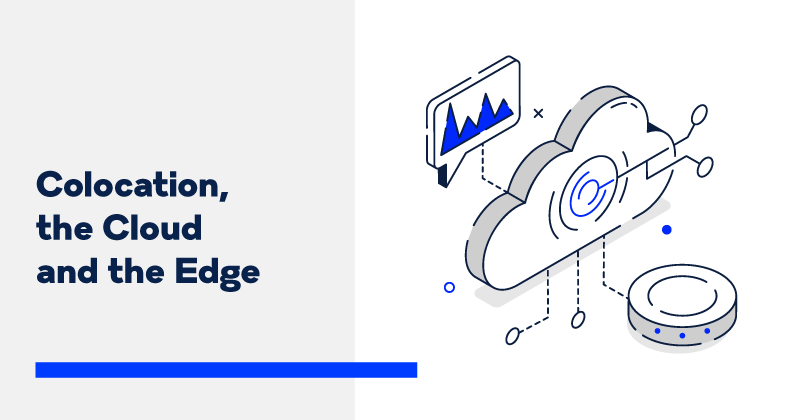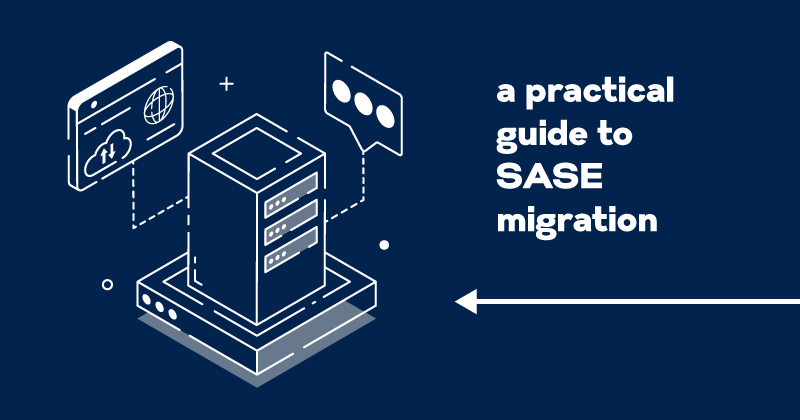
Menu
Colocating at the Edge
Reduce Latency and Boost Performance with
Strategic Edge Colocation
Edge colocation is transforming the way businesses manage and deploy IT infrastructure. By colocating data and applications closer to end-users and critical resources, companies can significantly reduce latency, improve performance, and enhance user experiences. But what exactly does colocating at the edge entail, and why is it becoming a cornerstone of modern IT strategies?
Why Choose Edge Colocation?
Colocating at the edge offers significant advantages for businesses seeking better performance, scalability, and reliability in their IT infrastructure. Key benefits include:
Lower Latency
Placing infrastructure closer to end-users minimizes the physical distance data must travel, reducing latency and ensuring faster application response times.
Enhanced Performance
With high-performance connectivity options, edge colocation enables seamless communication between applications and devices, improving overall efficiency and productivity.
Greater Scalability
Edge colocation supports distributed IT environments, allowing businesses to expand their infrastructure regionally without the need for large on-premises deployments.
User Experience
By bringing applications and content closer to end-users, businesses can ensure faster load times, more reliable services, and a higher level of customer satisfaction.
Support for Hybrid IT
Edge colocation complements hybrid IT strategies, allowing businesses to seamlessly integrate on-premises, colocation, and cloud environments for maximum flexibility and cost efficiency.
Business Continunity
Geographically dispersed edge colocation facilities help organizations maintain uptime and recover quickly from disruptions by offering redundancy and disaster recovery options.
Who Benefits from Edge Colocation?
Organizations across a wide range of industries can leverage edge colocation to improve performance, meet user demands, and enhance their IT strategies. Businesses that benefit most include:
- E-commerce Platforms: To ensure fast page loads and seamless transactions for users across regions.
- Media and Content Providers: To deliver high-quality, latency-free streaming and downloads.
- IoT and Smart Systems: To support real-time data processing and decision-making.
- Healthcare Organizations: To meet compliance needs and provide fast access to patient data.
- Financial Services: To ensure secure, low-latency access to critical financial applications.
How US Signal Can Help
US Signal provides the expertise, infrastructure, and connectivity required to support your edge colocation strategy. With sixteen geodiverse data centers and a robust 14,000-mile fiber network, we deliver the low latency, scalability, and reliability businesses need to thrive.
Our colocation services include:
- Geodiverse, secure data centers across the country.
- High-performance connectivity options, including direct cloud connections.
- Seamless integration with hybrid IT environments.
- Comprehensive managed services and disaster recovery solutions to support your infrastructure.
Take advantage of US Signal’s edge capabilities to enhance performance, optimize costs, and ensure business continuity.
Let’s Build Your Edge Strategy Together
Take the first step toward enhancing your IT infrastructure by colocating at the edge. With US Signal’s secure, geodiverse data centers and industry-leading connectivity, you can reduce latency, improve performance, and scale your operations effortlessly.





